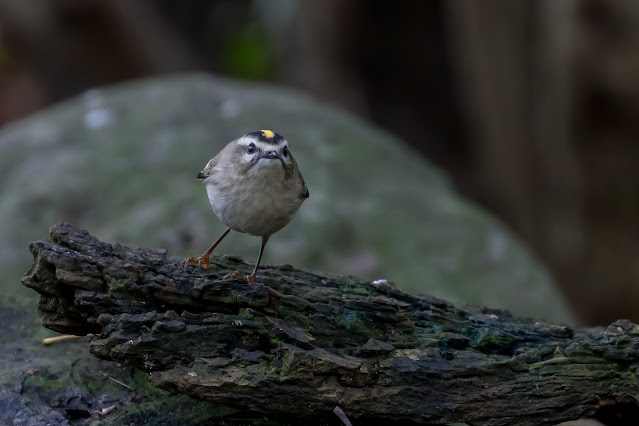The creature of Rondeau Bay
Looks slightly prehistoric, perhaps a little like the Loch Ness Monster.
This is a soft-shelled turtle hatchling that was released a week ago. The researchers wait until the hatchlings enter the water or find shelter.
Burrowing in the mud/sand/weeds is one way these bite sized turtles hide from predators.
Scientific stuff
Apalone spinifera
The soft-shell is one of the largest freshwater turtle species in North America.
They get their name from the spiny, cone-like projections on the leading edge of their carapaces, which are not scutes (scales)
Spiny soft-shells begin mating between ages 8 and 10. A large female turtle may live up to 50 years.
The primary threat to spiny soft-shell turtle populations is thought to be habitat loss, degradation and fragmentation resulting from shoreline development or agricultural activity. Other threats include predation of eggs and young, environmental contamination, and injury and death associated with boat propellers and fishing.
This is a soft-shelled turtle hatchling that was released a week ago. The researchers wait until the hatchlings enter the water or find shelter.
Burrowing in the mud/sand/weeds is one way these bite sized turtles hide from predators.
Scientific stuff
Apalone spinifera
The soft-shell is one of the largest freshwater turtle species in North America.
They get their name from the spiny, cone-like projections on the leading edge of their carapaces, which are not scutes (scales)
Spiny soft-shells begin mating between ages 8 and 10. A large female turtle may live up to 50 years.
The primary threat to spiny soft-shell turtle populations is thought to be habitat loss, degradation and fragmentation resulting from shoreline development or agricultural activity. Other threats include predation of eggs and young, environmental contamination, and injury and death associated with boat propellers and fishing.


Comments